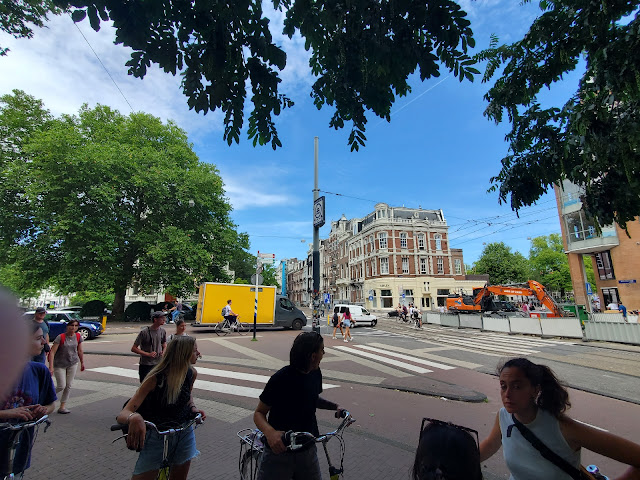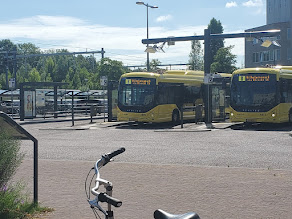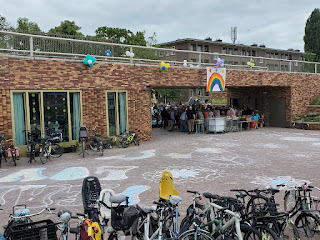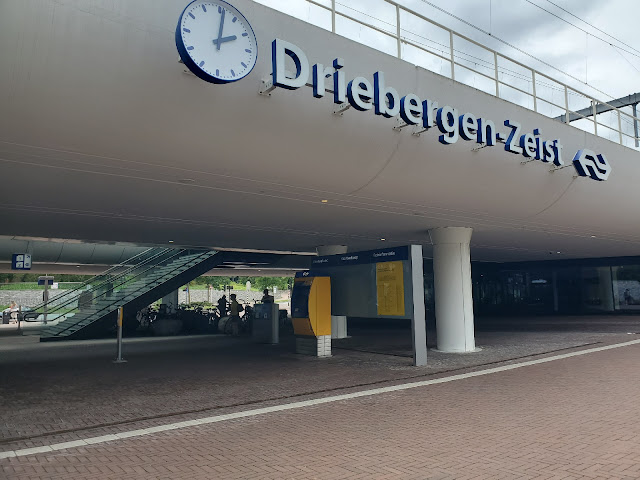Bicycle Transportation Supporting a Strong Towns Approach

This final post for my blog will briefly talk about why I chose the topic of bicycle transportation and how it transforms urban landscapes and communities through a Strong Towns approach. I will also suggest why people in the United States should care about this topic. Simply put, I chose this topic for my final project because, in my four weeks in these two countries, there really was not one isolated thing I could direct my attention towards. I mean, there were plenty of options, but each topic drove outcomes or was an outcome, of another tangible element of the system. It is difficult to talk about the effectiveness of cycle tracks and enhanced safety without quickly pivoting to the reclamation of space, which then introduces discussions about increased development of housing, commercial businesses, public space, which then . . . the list just goes on like that. All of those topics could direct our attention to the city's financial health; the total number of amenities and asset...








